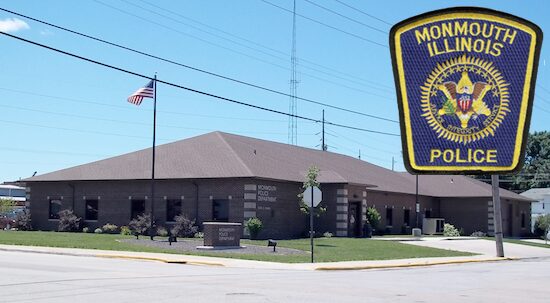More and more we are seeing farmers turning to cover crops to help combat erosion and nutrient loss. However how efficient will they be in the long term? Rabin Bhattarai, an associate professor in the Department of Agricultural and Biological Engineering at the University of Illinois Urbana- Champaign continues to research the long-term effectiveness of cover crop use.
In an earlier study, Bhattarai and his team looked at how efficiently cereal rye could remove nitrate from tile drainage water. They found that cover crops can reduce around 25 percent of tile flow and 30 percent of nitrate loss.
The team then took that research a step further by looking into the effectiveness of cover crops over the coming decades and how that may impact cash crops such as corn and soybeans.
“With both scenarios, the fields which continue to use cover crops and the fields not using cover crops and not using cover crops. What we found with both scenarios; with cover crop and without cover crop, corn yield went down in the future around 15 percent. Where your soybean yield was slightly up, your cover crop biomass was also slightly up. What we found out the reason was your temperature.”
Bhattarai adds that we will see an increase in temperatures in the next 20 years, which will cause more nitrogen to be in the soil. If there is more nitrogen in the soil than the crop needs, it can increase tile nitrogen loss.















